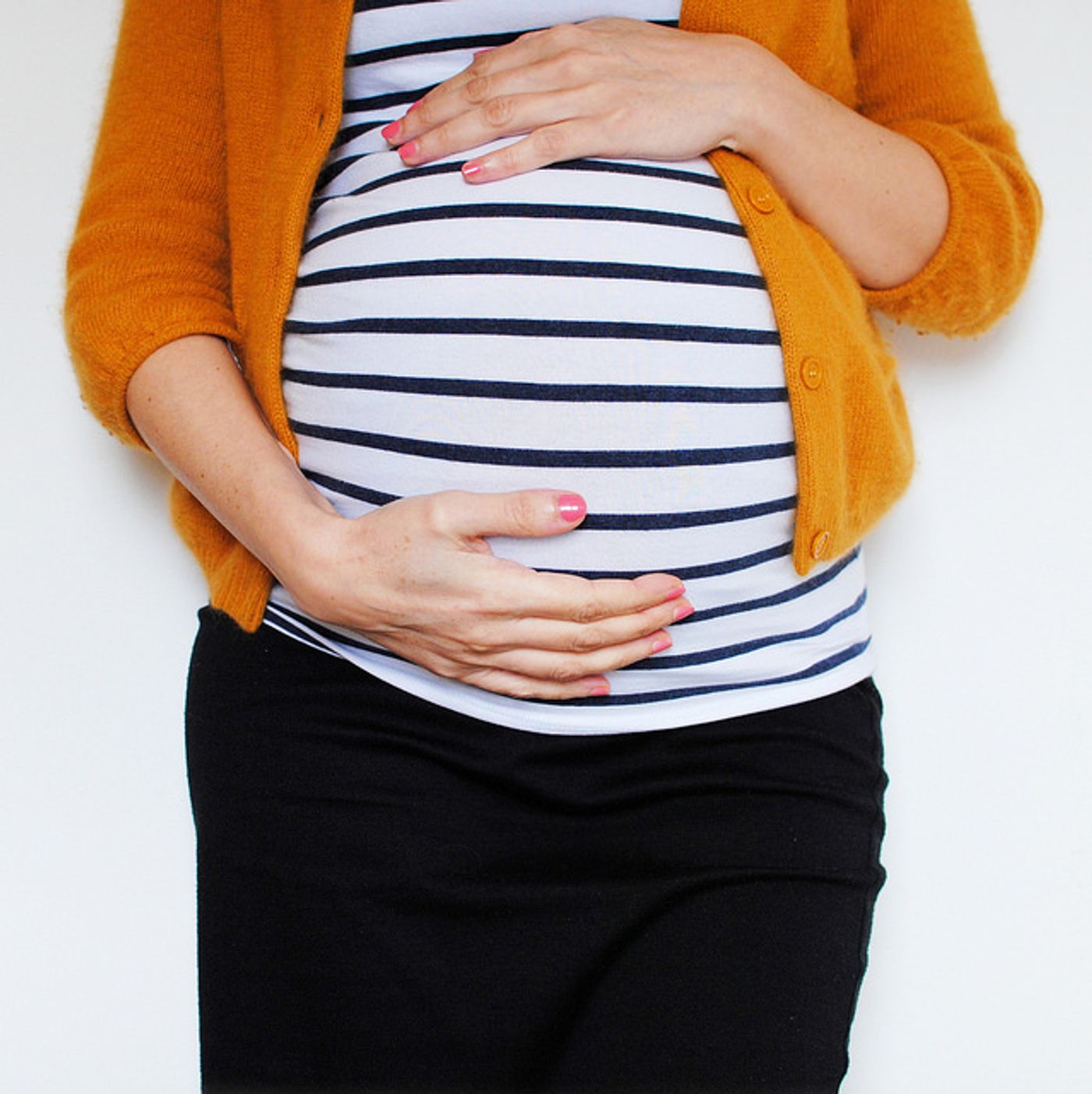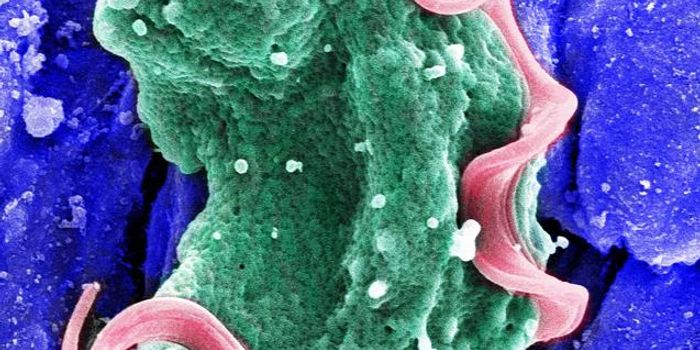C-sections come with a significant risk for infection, but a new study shows changing skin-prep procedures could lower the risk.
Rather than prepping patients with iodine-alcohol—a common antiseptic combination in C-sections—the research indicates that chlorhexidine-alcohol is significantly more effective.
“One of the biggest complications of surgery, and of C-sections in particular, is infection,” says study author Methodius G. Tuuli, assistant professor of obstetrics and gynecology at Washington University School of Medicine in St. Louis. “For a new mother who needs to care for her baby—which is stressful even when all things are equal—having an infection can really impair her ability to do that.
"We are very interested in clarifying the best ways to prevent these infections, reducing the burden on the patients, on their infants and on the health-care system as a whole.”
An estimated 1.3 million women in the US delivered their babies by C-section in 2013, with surgical-site infections complicating 5 to 12 percent of those deliveries. The average cost of treating those cesarean-related infections in the hospital is $3,500 and may be much higher for severe infections.
The research shows patients in the chlorhexidine-alcohol group developed significantly fewer infections than patients in the iodine-alcohol group. Those who received the chlorhexidine-alcohol combination had a 4 percent infection rate, which is nearly half that of the patients who received the iodine-alcohol combination—7.3 percent.
The clinical trial included 1,147 patients who underwent cesarean sections at Barnes-Jewish Hospital from 2011 to 2015. Of 572 patients randomly assigned to receive the chlorhexidine-alcohol combination, 23 developed an infection at the site of the surgery within 30 days of the procedure. Of 575 patients who randomly received the iodine-alcohol combination, 42 developed a surgical-site infection.
The investigators pointed out that all other standard procedures for reducing the risk of infection after surgery, including giving preventive antibiotics beforehand, were the same in both groups.
Studies of other types of surgeries also have suggested the superiority of chlorhexidine over iodine in preventing infection. But according to Tuuli, the unique circumstances of a C-section—that bacteria come from both skin and vagina and that a woman’s immune system is altered during pregnancy—mean the results of these studies may not apply.
In addition, past trials comparing antiseptics before surgery included relatively few participants and often compared a chlorhexidine-alcohol combination with iodine alone. These studies could not determine whether the worse performance of iodine alone was due to the chlorhexidine, the alcohol or the combination.
Although the new study was conducted at only one hospital, the researchers says the patient population was racially diverse and that more than 60 percent received public insurance.
They also point out that the superiority of the chlorhexidine-alcohol combination was consistent whether the C-section was scheduled or unscheduled, whether or not the patient was obese, whether staples or sutures were used to close the wound, and whether the patient had chronic medical conditions, including diabetes.
“There are few circumstances when a single study should change our practice. But based on the biological plausibility and the striking reduction in surgical-site infections with chlorhexidine, this is one of those circumstances,” says the study’s senior author, George A. Macones, head of the obstetrics and gynecology department.
The National Institutes of Health provided support for the study, which appears in the
New England Journal of Medicine.
Source:
Washington University in St. Louis
This article was originally posted on
futurity.org.









